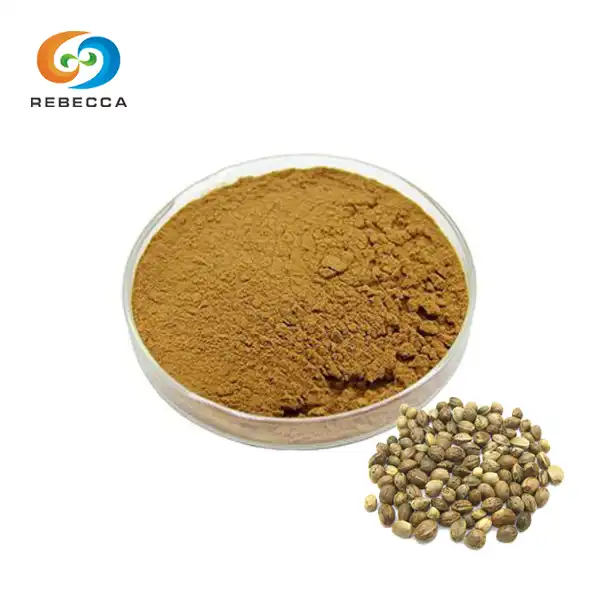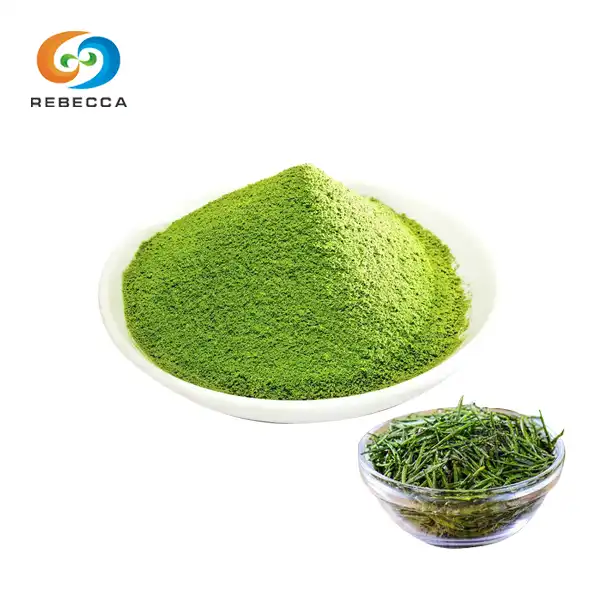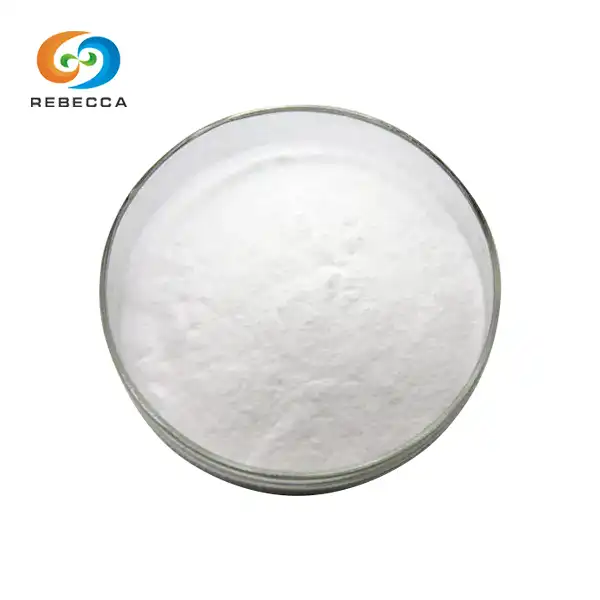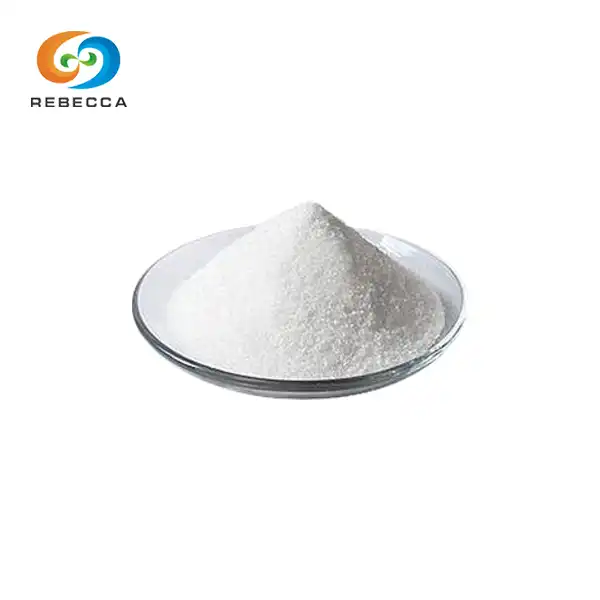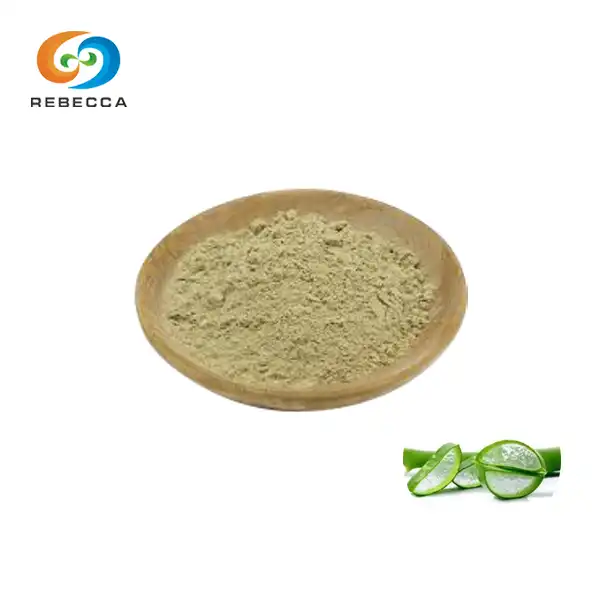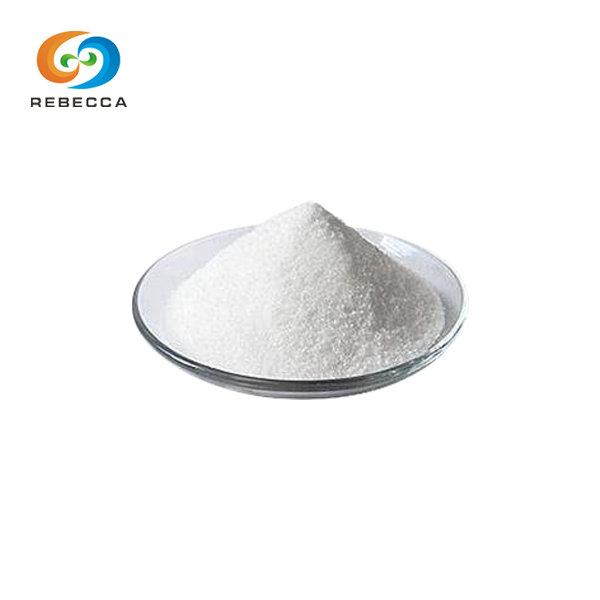
Gallic Acid
【CAS No.】: 149-91-7
【Molecular Formula】: C7H6O5
【Plant Source】: Gallnut
【Active ingredients】: Gallic Acid
【Specification】: Gallic Acid 99%
【Appearance】: Off white powder
Introduction
Gallic Acid Powder is a component of hydrolyzable tannins, also known as gallic acid, and its chemical name is 3,4,5-trihydroxybenzoic acid. The content of gallic acid in Yunnan Pu'er tea is relatively high, and it has multiple biological effects such as antibacterial, anti-inflammatory, anti-tumor, and anti-mutation.
Gallic acid is an organic acid with the chemical name 3,4,5-trihydroxybenzoic acid, also known as gallic acid. Gallic acid is widely found in nature and can be found in plants such as gallnut, witch hazel, sumac, oak bark, and tea. It has a variety of uses, including as a raw material for organic synthesis, a hemostatic astringent in medicine, a preservative in food additives, and applications in inks, dyes, light industry, and national defense. Gallic acid also has some special chemical properties, such as forming a blue-black precipitate with trivalent iron ions, which is the raw material for blue-black ink. In addition, it can also be used as a photographic developer and analytical reagent
【Source】 Made from gallnut, it is a component of hydrolyzable tannins, also known as gallic acid.
【Appearance】This product is off white powder.
【Chemical composition】 Gallic Acid(C7H6O5)
【Solubility】Slightly soluble in methanol, slightly soluble in water when heated
【Stability】Stable, but may discolor on exposure to light. Hygroscopic. Incompatible with strong oxidizing agents, strong bases, acid chlorides, acid anhydrides.
Certificate of Analysis
|
Analysis |
Specification |
Results |
|
Assay(HPLC) |
98% |
98.5% |
|
Appearance |
Yellow-orange powder |
Complies |
|
Identify Method |
Thin-layer chromatography |
Complies |
|
Mesh Size |
≥95% through 80 mesh |
Complies |
|
Heavy Metals |
≤10ppm |
Complies |
|
PB |
≤0.5ppm |
Complies |
|
AS |
≤0.5ppm |
Complies |
|
CD |
≤0.5ppm |
Complies |
|
HG |
≤1ppm |
Complies |
|
Loss on Drying |
≤ 1.0% |
0.3% |
|
Ash |
≤ 1.0% |
0.2% |
|
Total plate count |
≤1000cfu/g |
Complies |
|
Yeast and mold count |
≤100cfu/g |
Complies |
|
Total coli forms |
≤100cfu/g |
Complies |
|
E. coli |
Absent/10g |
Complies |
|
S. aureus |
Absent/10g |
Complies |
|
Salmonella |
Absent/10g |
Complies |
|
Storage Packed in paper-drums and two plastic-bags inside.N.W.:20kgs In a well-closed container,Protected from light, in a dry place at temperature ≦25℃. Shelf life 3 years after its production date if sealed and stored away from direct sun light and heat. |
||
Main Functions
Gallic acid (GA) is an organic acid found in plants such as tea, witch hazel, and gallnut. It has a variety of biological activities and potential health benefits. The following are the main effects of gallic acid:
Whitening effect: Gallic acid can inhibit melanin synthesis and tyrosinase activity, reduce the expression of melanin synthesis-related protein genes, and inhibit melanin synthesis by phosphorylating and activating melanogenesis inhibitory proteins.

Antibacterial and antiviral effects: In vitro experiments show that gallic acid has antibacterial effects on a variety of bacteria and fungi, including Salmonella typhi, Staphylococcus aureus, Neisseria, etc., and has a certain inhibitory effect on influenza virus.
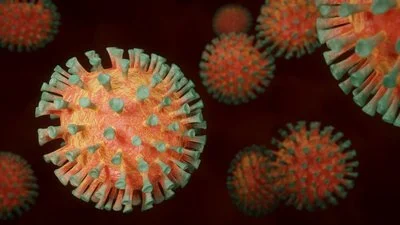
Treatment of rheumatoid arthritis: Studies have found that gallic acid has pro-apoptotic and anti-inflammatory activities on fibroblast-like synoviocytes that cause rheumatoid arthritis, and is expected to be used in the treatment of rheumatoid arthritis.

Protect liver damage: Animal experiments have shown that gallic acid may have a protective effect on liver damage and can reduce liver fibrosis in mice caused by carbon tetrachloride, which may be due to its inhibition of the activity of hepatic stellate cells.

Hemostasis: Gallic acid has a certain hemostatic effect, helps promote platelet adhesion and aggregation, and can help relieve the symptoms of bleeding.
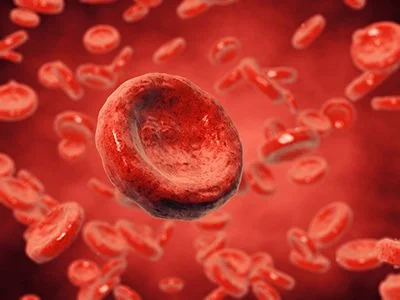
Application
Food industry: Gallic acid is mainly used as an antioxidant, antibacterial agent and flavor enhancer in the food industry. It can prevent food from changing color, keep food bright in color, and extend the shelf life of food. In addition, gallic acid also has antibacterial effects, which can inhibit the growth of microorganisms and reduce the risk of food spoilage.
Pharmaceutical field: It is used in the research and development of anti-tumor drugs in the pharmaceutical field, as well as as a natural antioxidant and antibacterial agent. It can inhibit the metastasis of mast cell tumors, prolong survival, and has a protective effect on the liver. In addition, gallic acid also has antiviral, antifungal and antibacterial effects and can be used to prepare vaccines and antibiotics.
Chemical industry: In the chemical industry, It can be used as an important intermediate in organic synthesis reactions and participate in the synthesis of other complex organic compounds. It is also used to prepare pyrogallic acid, drugs, inks, mordant dyes and explosion-proof agents.
Textile industry: It can be used in the dyeing process of textiles in the textile industry as a part of the dye or an auxiliary agent to help achieve specific color effects and stability.
Other applications: It can also be used to make a variety of fuels, flame stabilizers, blue-black inks and flute agents. It can be used as a plant growth regulator and combined with vitamin C as a reinforced bait for fish farming. It is also a UV absorber, flame retardant, semiconductor photoresist raw material, and can be used to prepare anti-rust primers and aluminum alloy organic coatings, and a fluidizing agent for water-based drilling mud.

Packing
For powder products, we usually send the products together with cartons or fiber drums.For liquid products, we usually send the product together with a plastic.

Our packaging methods are 1 kg/aluminum bag, 25 kg/box, and 25 kg/barrel. For some products that require special packaging during transportation, we will carry out more detailed packaging.
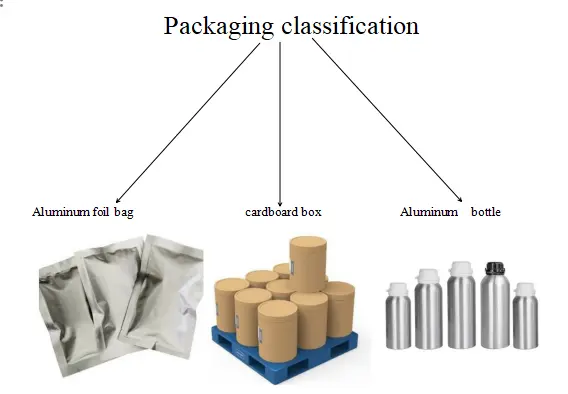
Transportation
We support shipping by air, sea, FedEx, DHL, TNT, EMS, UPS, SF, and other carrier.

Our laboratory and Factory
As a professional plant extract supplier, our quality inspection department is equipped with the most advanced testing and identification instruments, such as UPLC, HPLC, UV and TT (active ingredients) GC and GC-MS (solvent residue), ICP-MS ( Heavy metals), GC/LC-MS-MS (pesticide residues), HPTLC and IR (identification), ELIASA (ORAC value), PPSL (irradiation residues), microbial detection, etc.

Contact us
To view our brochure or discuss a bulk order, contact us at information@sxrebecca.com.
FAQ
How do I make an order?
For Further Information, please contact: information@sxrebecca.com. We will connect you with one of our account managers who will be happy to assist you with your order.
When will my order ship?
Products in stock usually ship within 24-48 hours of your order being received and processed. If a product is not in stock, delivery time varies but is generally about 3-5 days, depending on exact order quantity.
What is your Return Policy?
Your satisfaction is very important to us. If there are any problems with the product you receive, please contact your account manager within 10 days of receiving of your order. Upon receipt and inspection, Shaanxi Rebecca will issue a credit, refund or replacement.
How can I pay for my order?
We accept T/T(Telegraphic Transfer),L/C. etc.
Do you test your products?
Yes, we test for all incoming raw materials before production of the extracts. Testing before any processing takes place helps us to deliver you the highest quality ingredients at the lowest possible prices.
